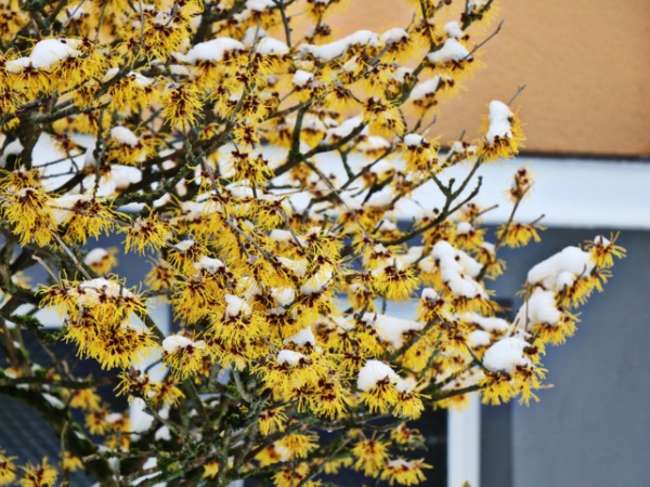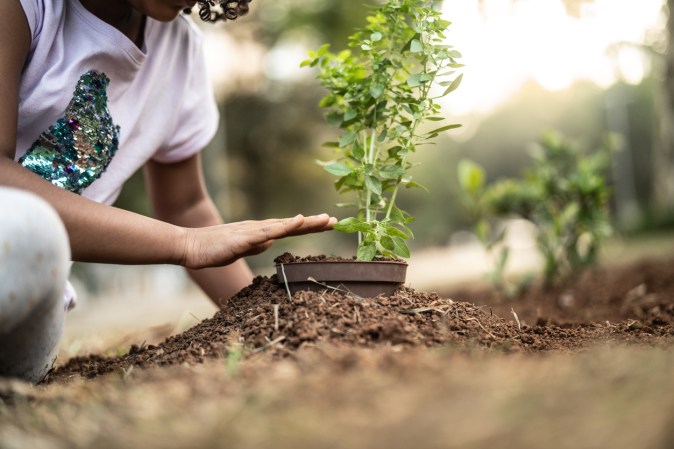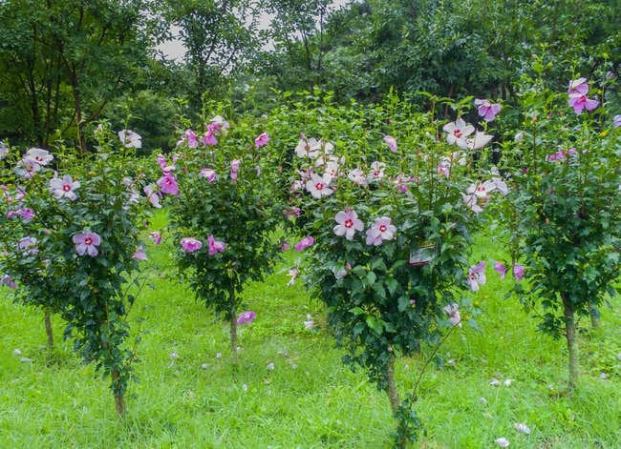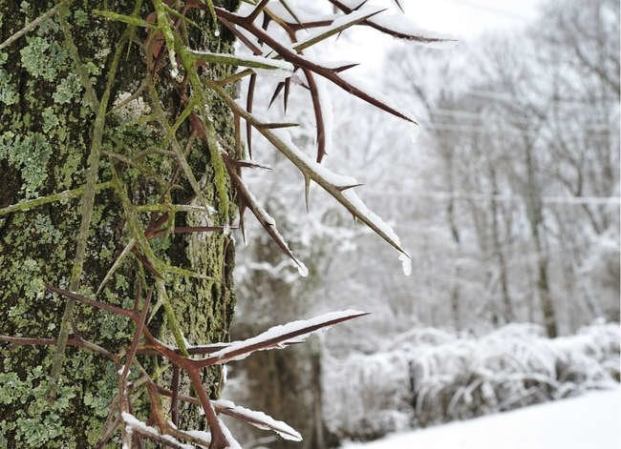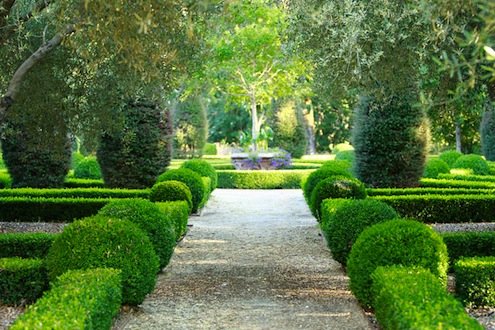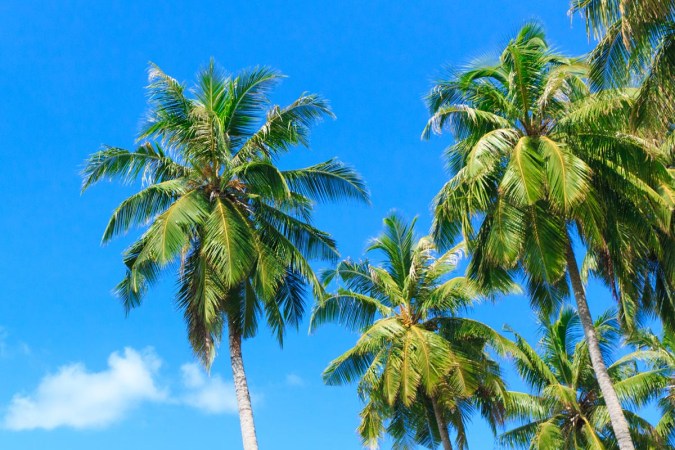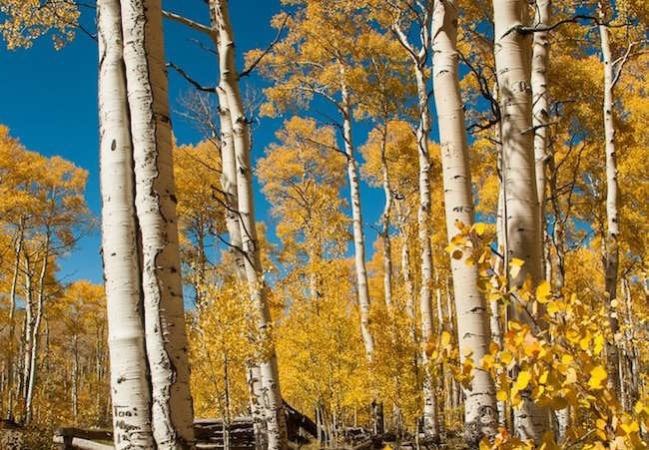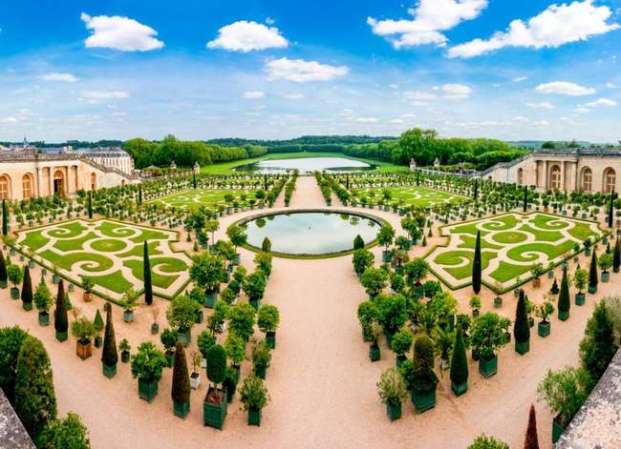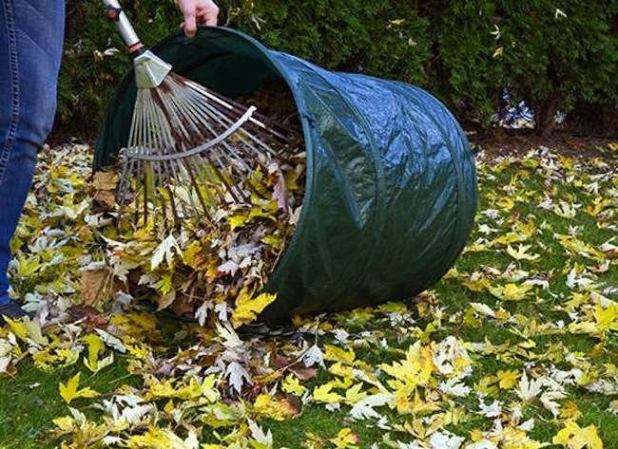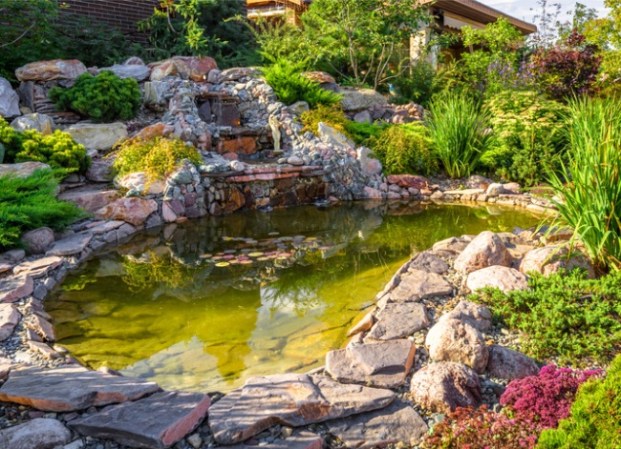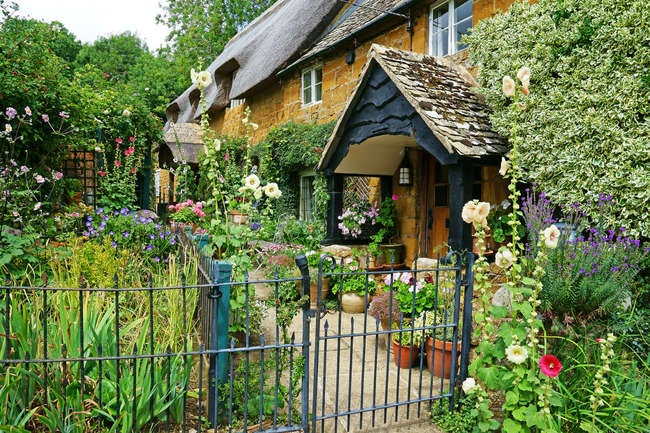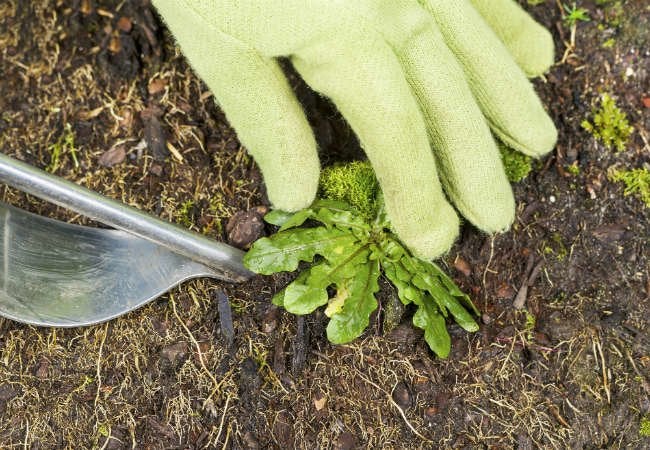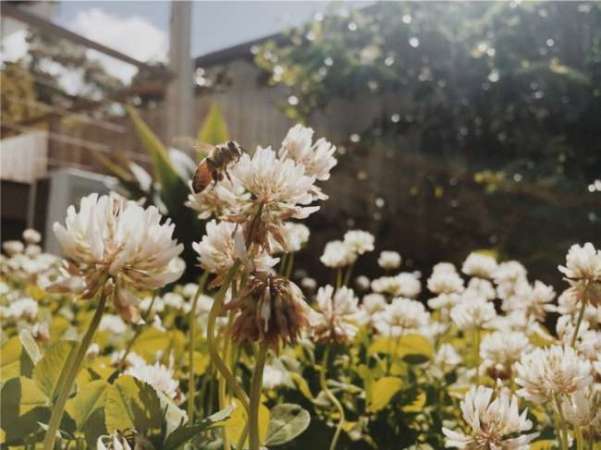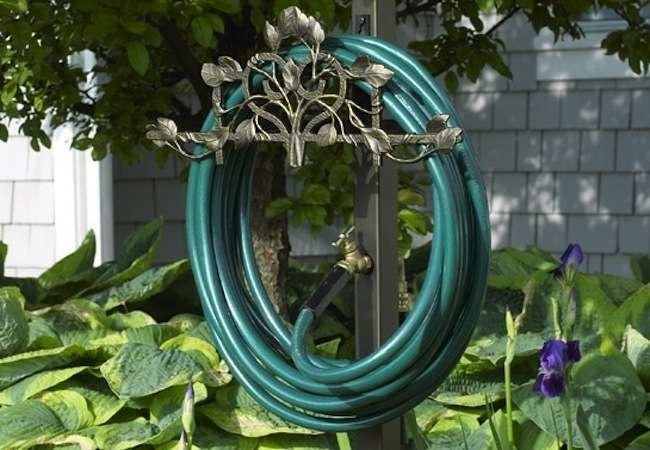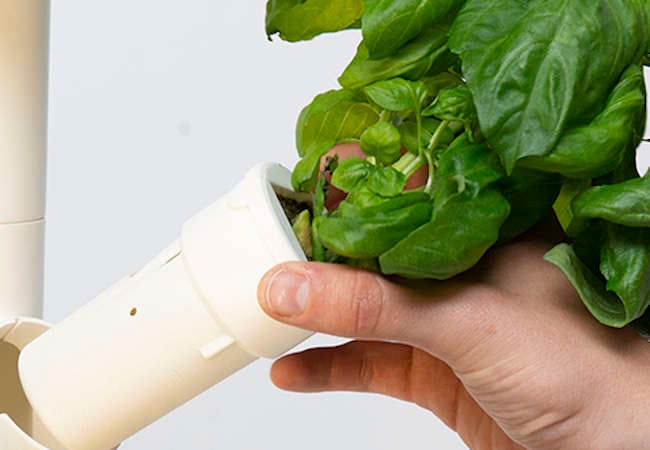We may earn revenue from the products available on this page and participate in affiliate programs. Learn More ›
Beat the Winter Blahs
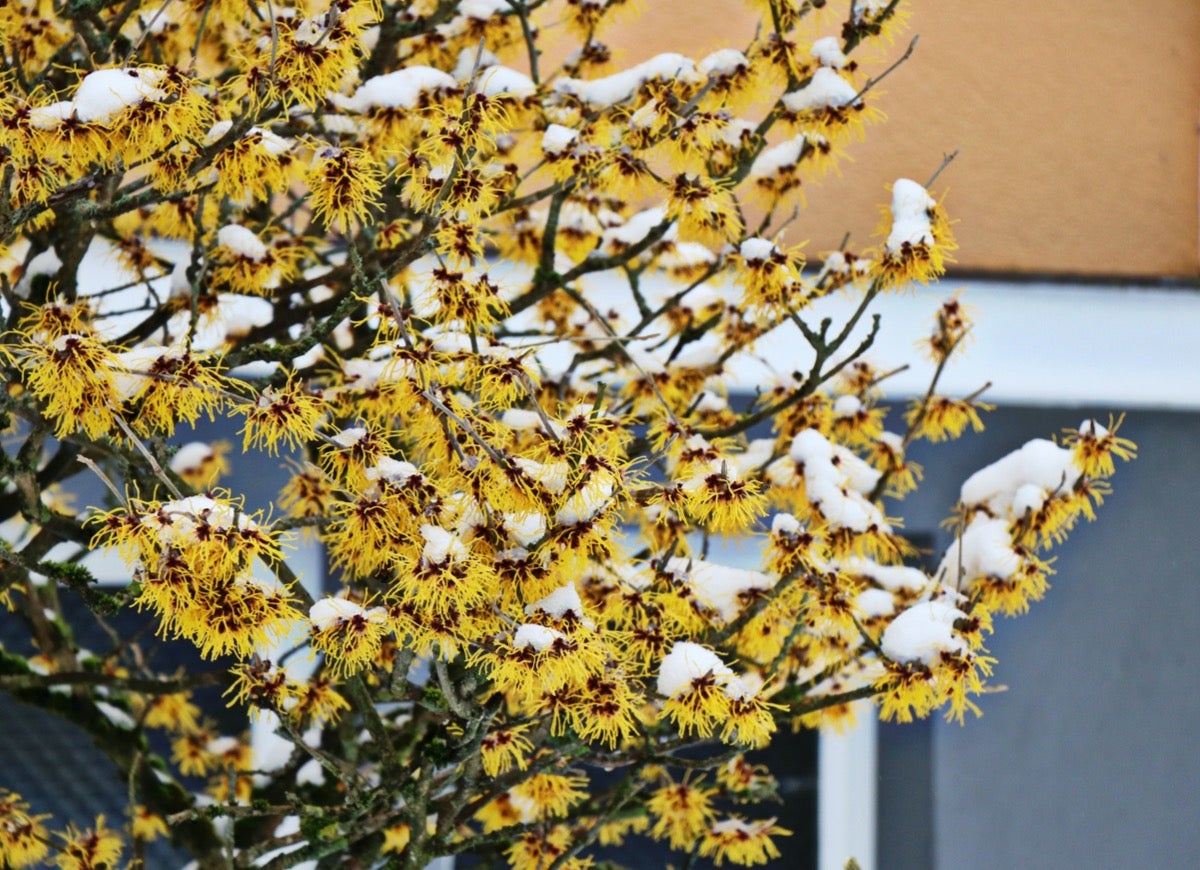
If you live in an area where temperatures dip below freezing during the winter, you know how brown and uninviting the landscape turns once frost arrives. After the trees have shed their autumn-hued leaves, little color remains in the garden. However, if you carefully select the right perennials, you can turn a barren wasteland into a colorful winter wonderland. And while you’re at it, you can even help feed hungry critters whose food sources become scarce when the temperature drops.
From bushes rife with bright berries to trees with dazzling branches, these cold-weather performers will help you add a little oomph to your winter garden.
Winterberry (Ilex verticillata)
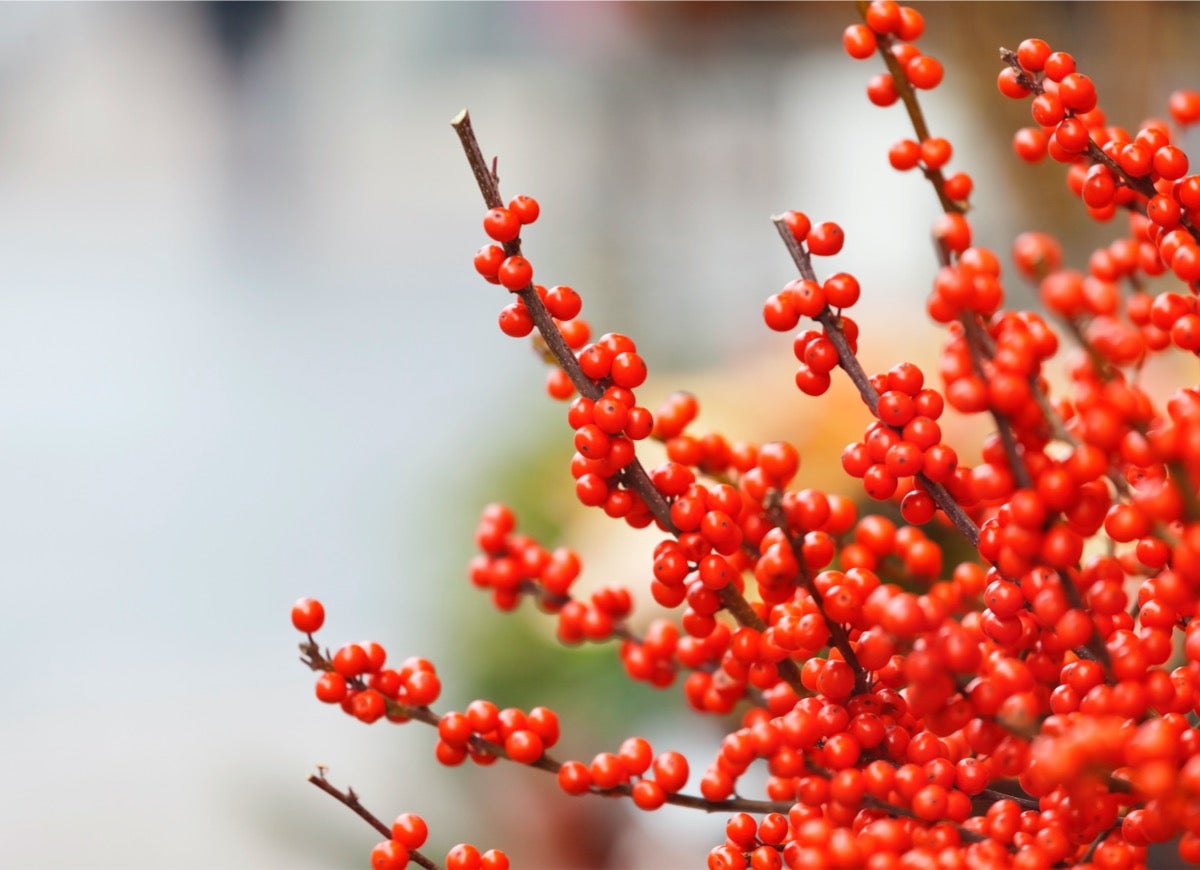
This type of holly is common in many parts of eastern Canada and the United States. The bushes have a mounded, upright growth habit and can grow up to 9 feet tall. The bright red berries not only provide a pop of color but they’re also an excellent food source for birds that stick around for winter. While winterberry holly prefers full sun, it can tolerate partial shade.
Blue holly (Ilex meserveae)
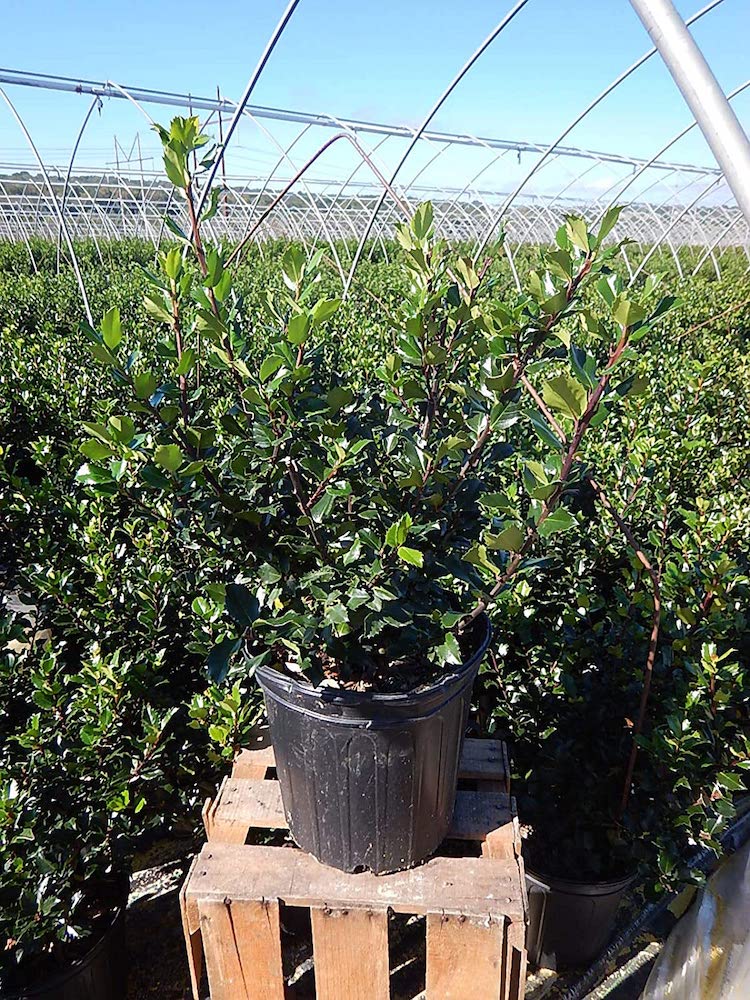
No, this evergreen bush doesn’t produce blue-hued berries. It’s so named for its pretty blue-green leaves. But come fall, it puts out bright red berries that attract birds and other small creatures. Buy carefully: Like most berry-bearing bushes, only female blue holly produce fruit. Make sure you give this bush plenty of room to grow, because it can spread up to 10 feet wide. Like winterberry, it tolerates full sun to partial shade.
Red twig dogwood (Cornus alba)
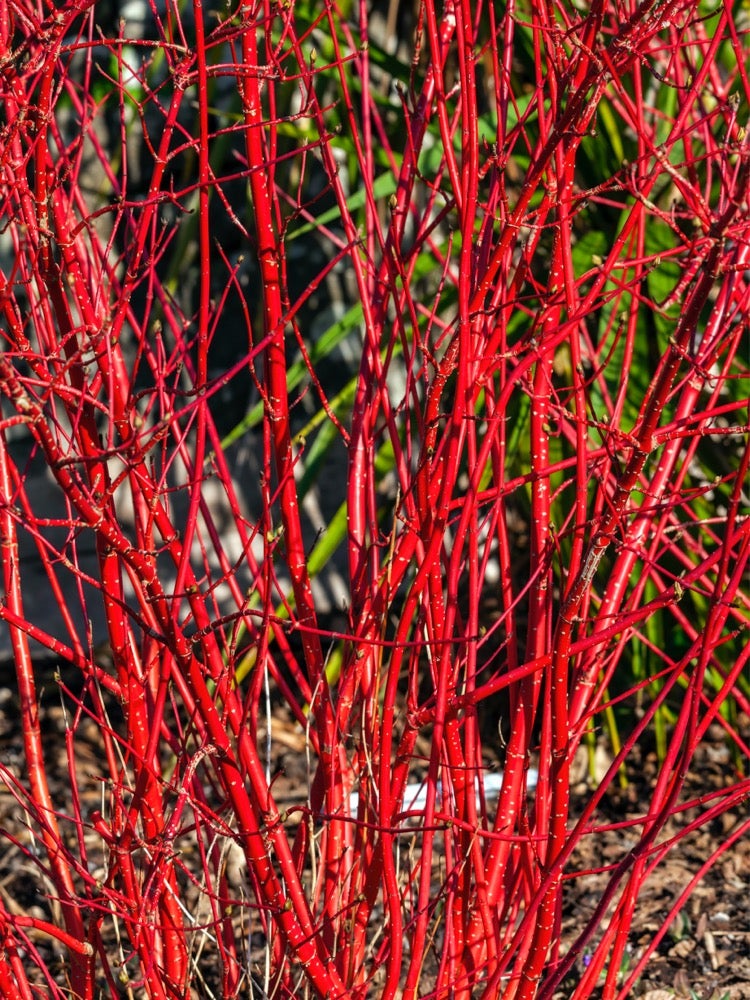
Not all bare shrubs can claim the visual impact of the red twig dogwood. These hardy plants have fiery red branches that dazzle when juxtaposed against a white blanket of fresh snow. In the spring, the plants produce tiny white blooms. Prune in the spring to stimulate new growth because new twigs will produce the most vivid color come winter.
American cranberrybush (Viburnum trilobum)
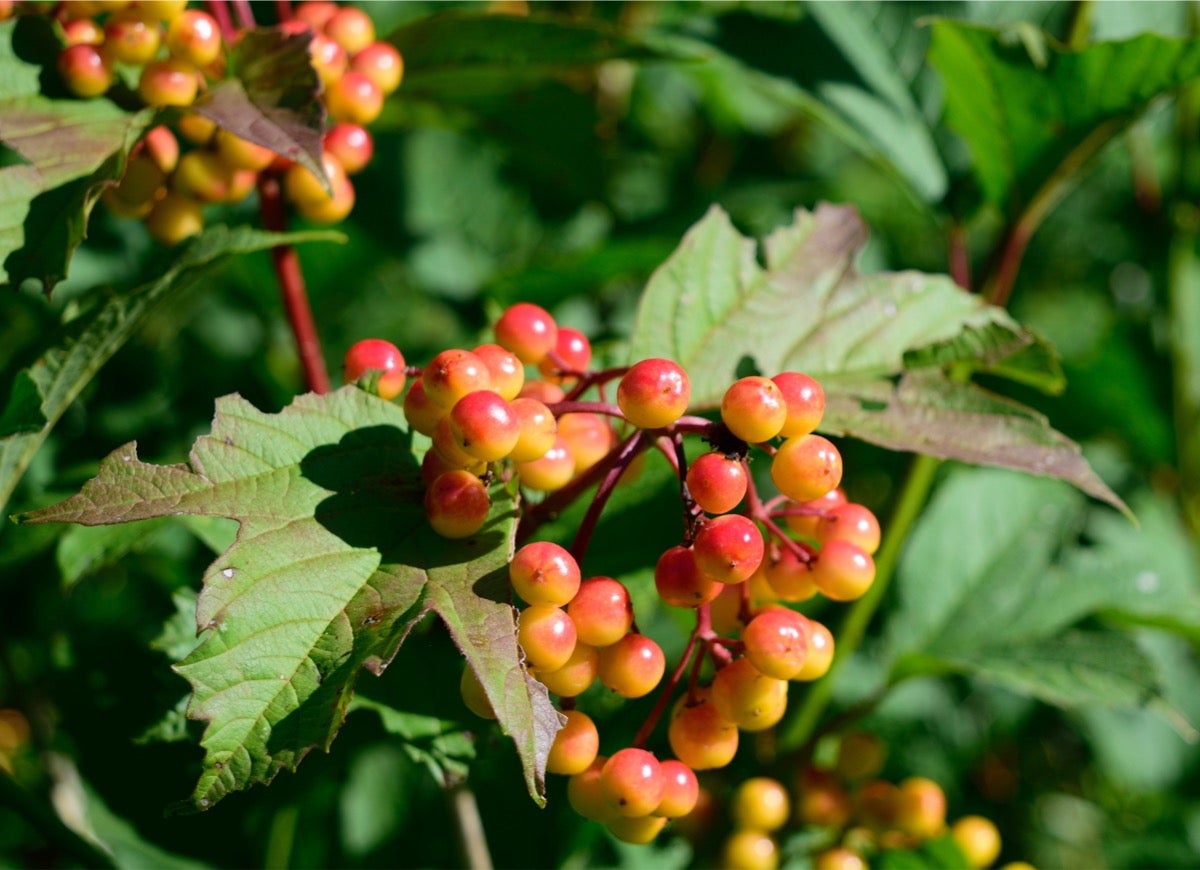
Despite its name, this fruit-bearing bush isn’t related to true cranberries, although its acidic, almost cranberry-like berries are edible. In the spring, the bushes produce showy flower clusters, but when the weather starts to cool, berries become the main attraction. The plant thrives in cold-weather locales between USDA hardiness zones 2 and 7. While full-sun conditions will net you more berries, the shrubs also tolerate some shade.
Paper birch (Betula papyrifera)
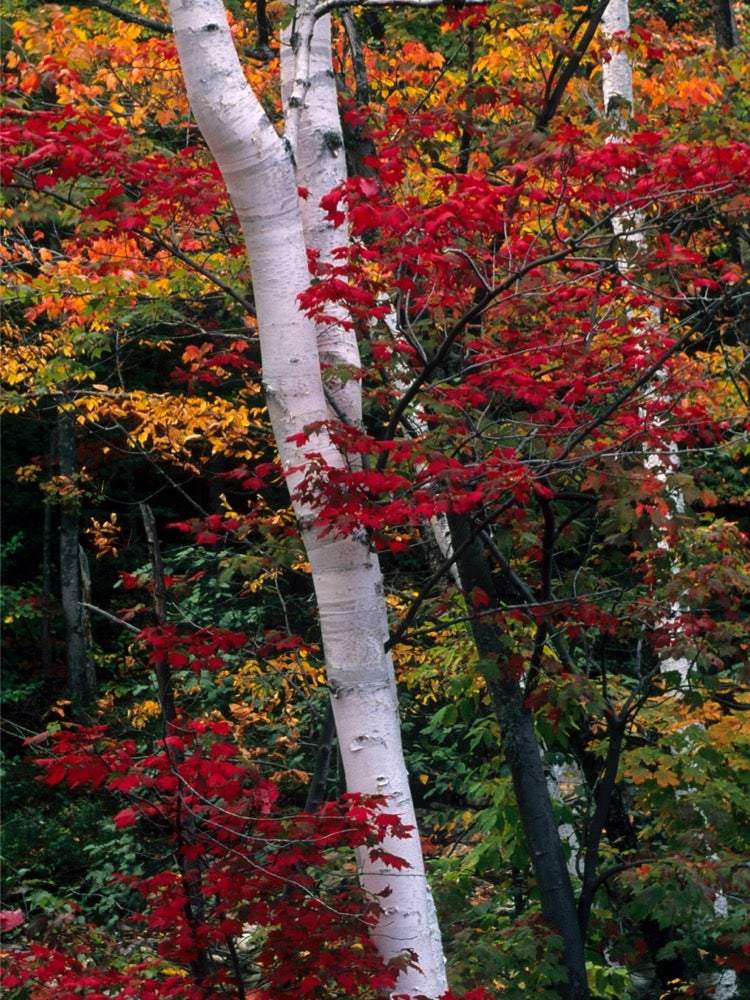
It’s not berries or twigs that make paper birch trees a perfect addition to a winter landscape, but rather their bark. These papery white-barked trees are probably what you picture when someone says “birch tree.” They’re native to the northeast and put on a brilliant golden display during the fall months. This is a moderately fast-growing tree that can reach heights of up to 70 feet.
Ornamental Brassicas
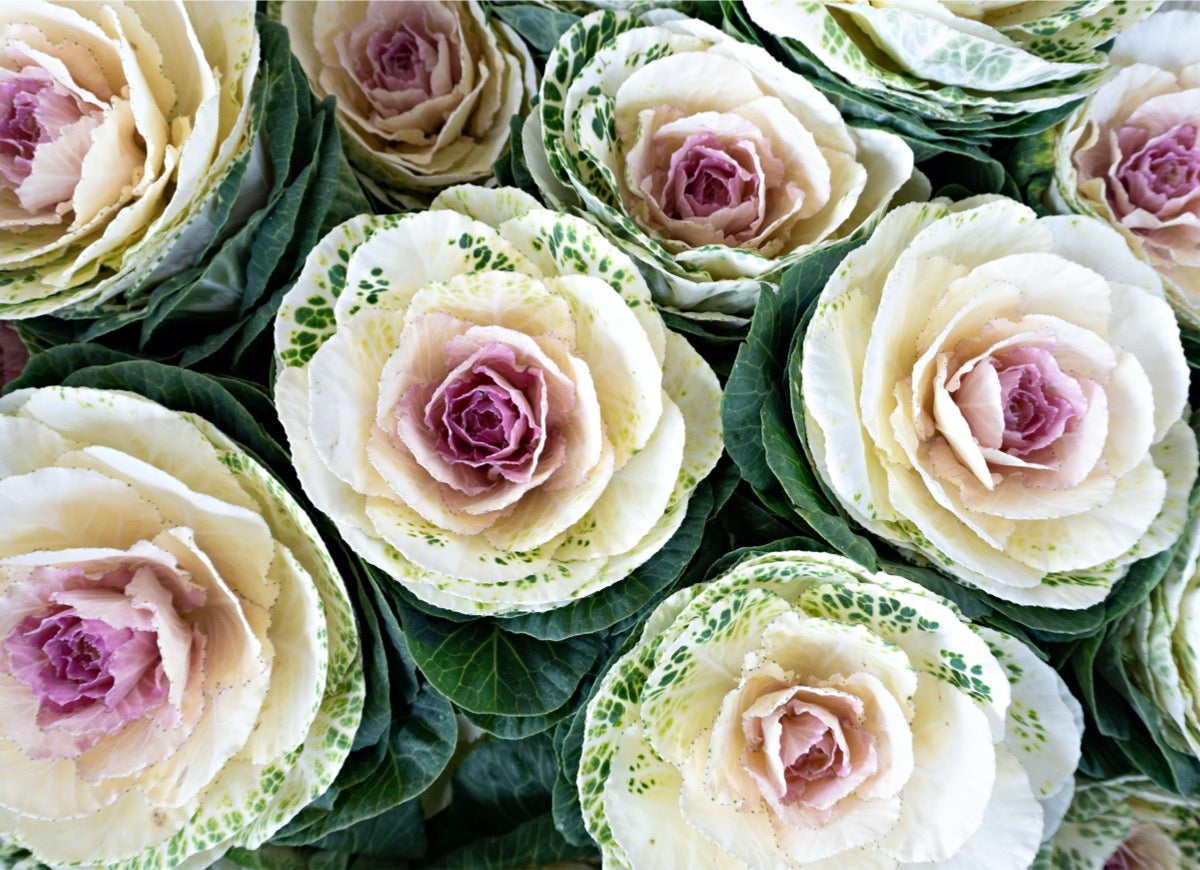
For gardeners who live in mild climates, ornamental cabbages offer bursts of purple and green. These colors become even brighter when exposed to a light frost. The plants can get as wide as a foot and don’t grow much taller than 15 inches, so they’re a perfect choice for borders and window boxes. Ornamental kales and cabbages will survive down to 5 degrees Fahrenheit. Don’t forget to water them, especially when the weather gets dry during the fall.
Cotoneaster
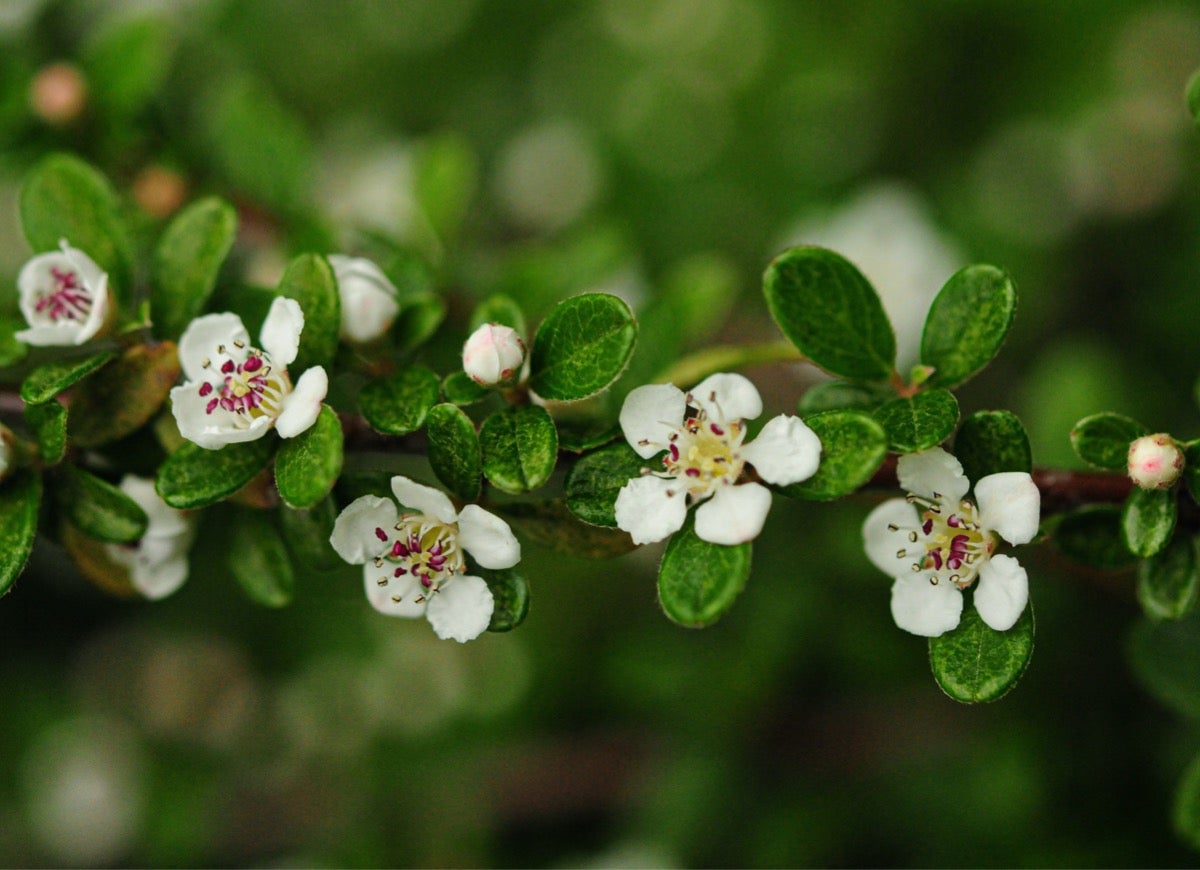
Bring both color and textural interest to a bare spot in the yard by planting a cotoneaster shrub. These visually arresting plants come in a variety of sizes, including low-growing options. For those who constantly deal with invading deer, rest easy knowing that they won’t bother with cotoneaster, although the shrub’s blooms and berries will attract pollinators and birds. The variegated rock cotoneaster is a good choice for visual interest year-round, with white-edged leaves that turn reddish toward the fall.
Witch hazel (Hamamelis virginiana)
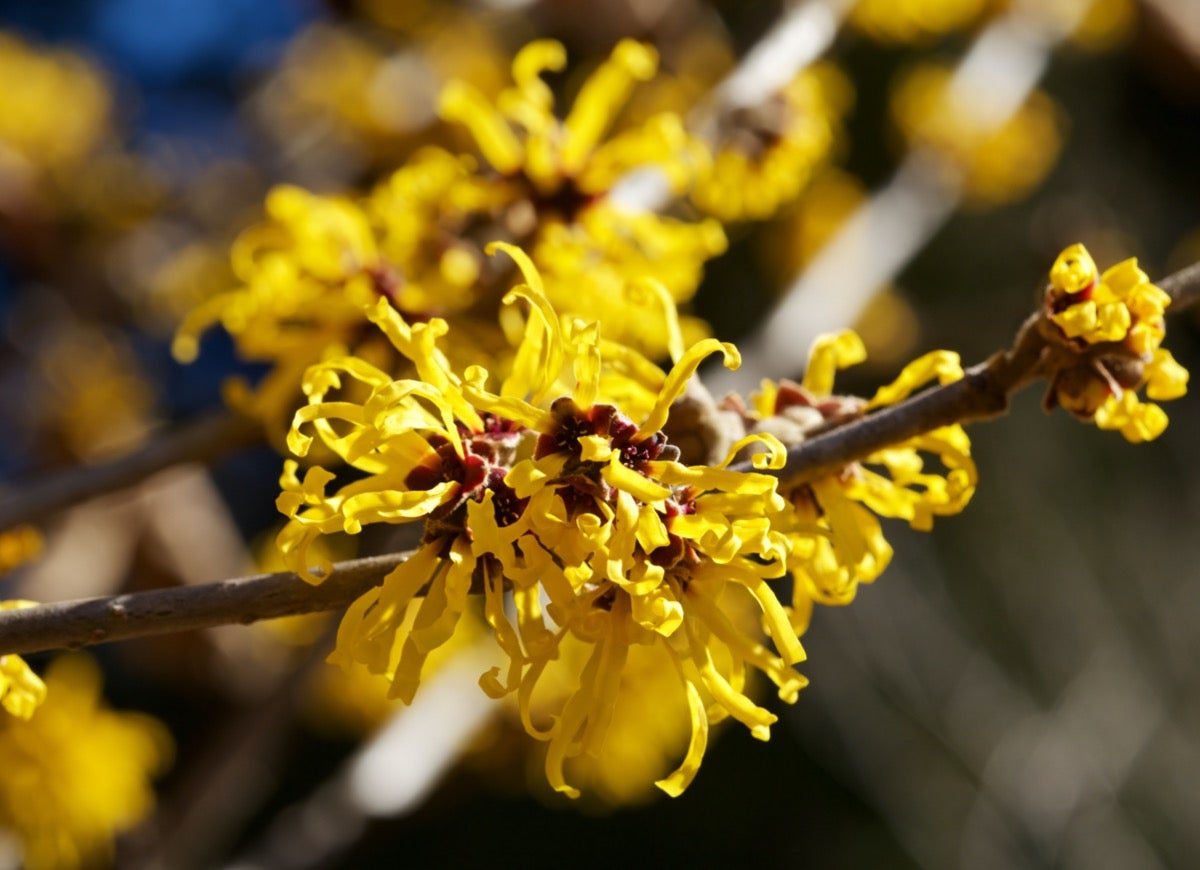
If you’re looking for a color other than red to dot the winter garden, this miniature tree is an excellent choice. Its bright golden yellow flowers emerge in the fall and stick around until early to mid-winter. Plant this tree in full sun for more impressive blooms. It’s best suited for USDA hardiness zones 3 to 8.
Camellias
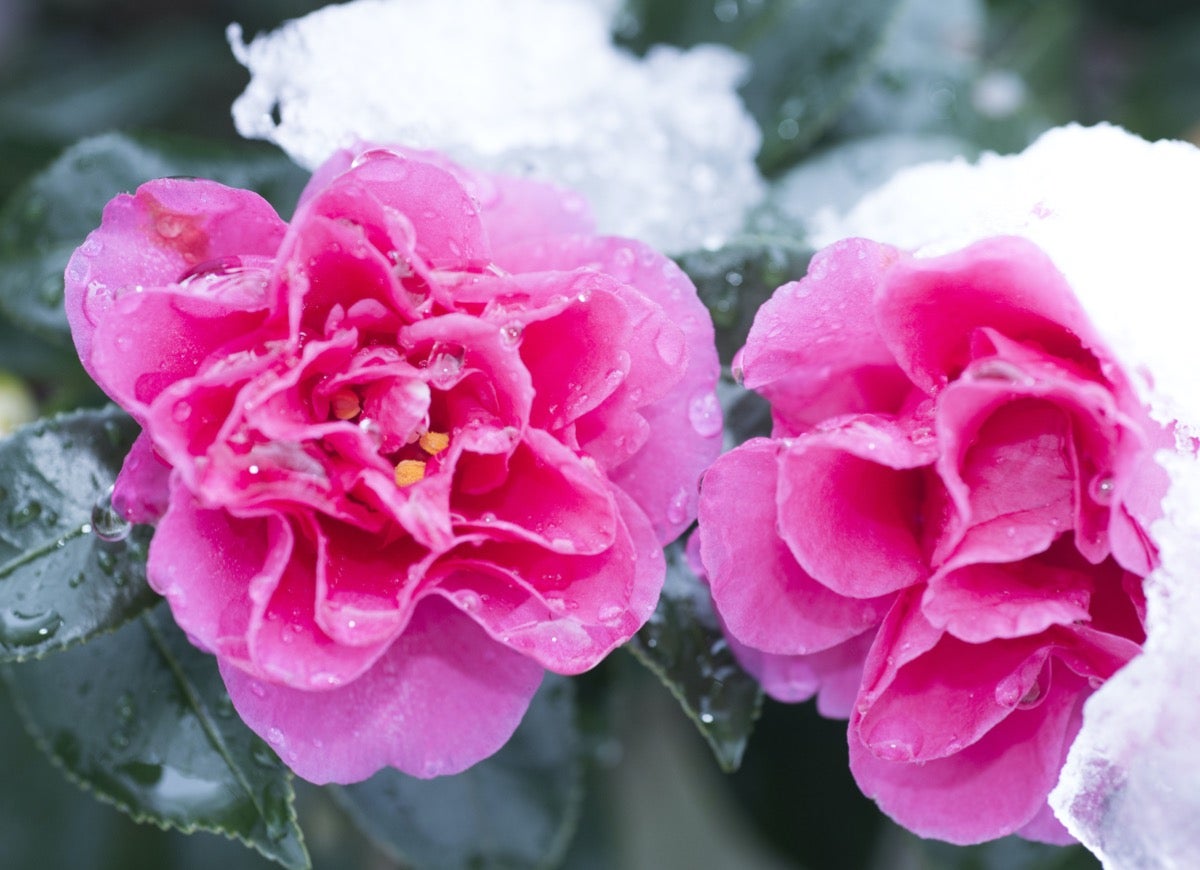
An evergreen plant that blooms during the winter? Yes indeed. Thanks to breeding programs, cold-hardy hybrid varieties of this lovely shrub now exist—just be careful where you place them. They’re sensitive to harsh winds and prefer some shade during the summer months. Plan for mature plants to grow as wide as 5 feet. Winter-hardy camellias are best suited for USDA hardiness zones 6B to 9.
